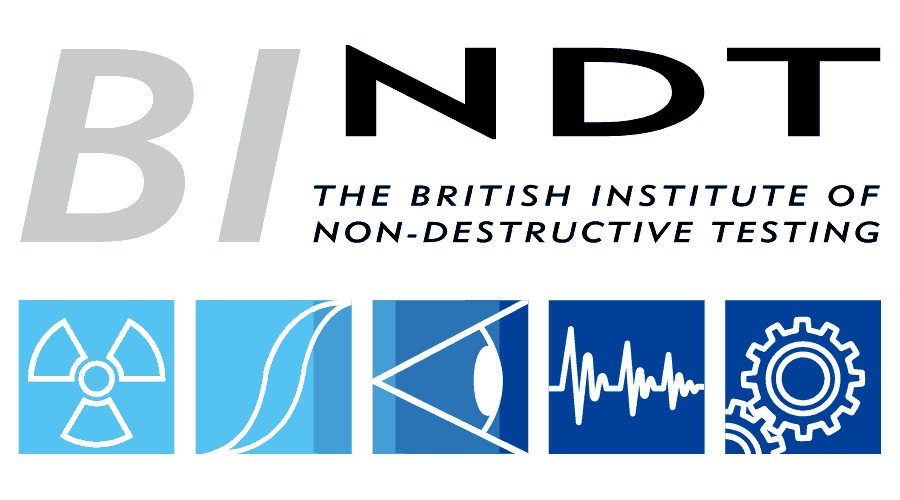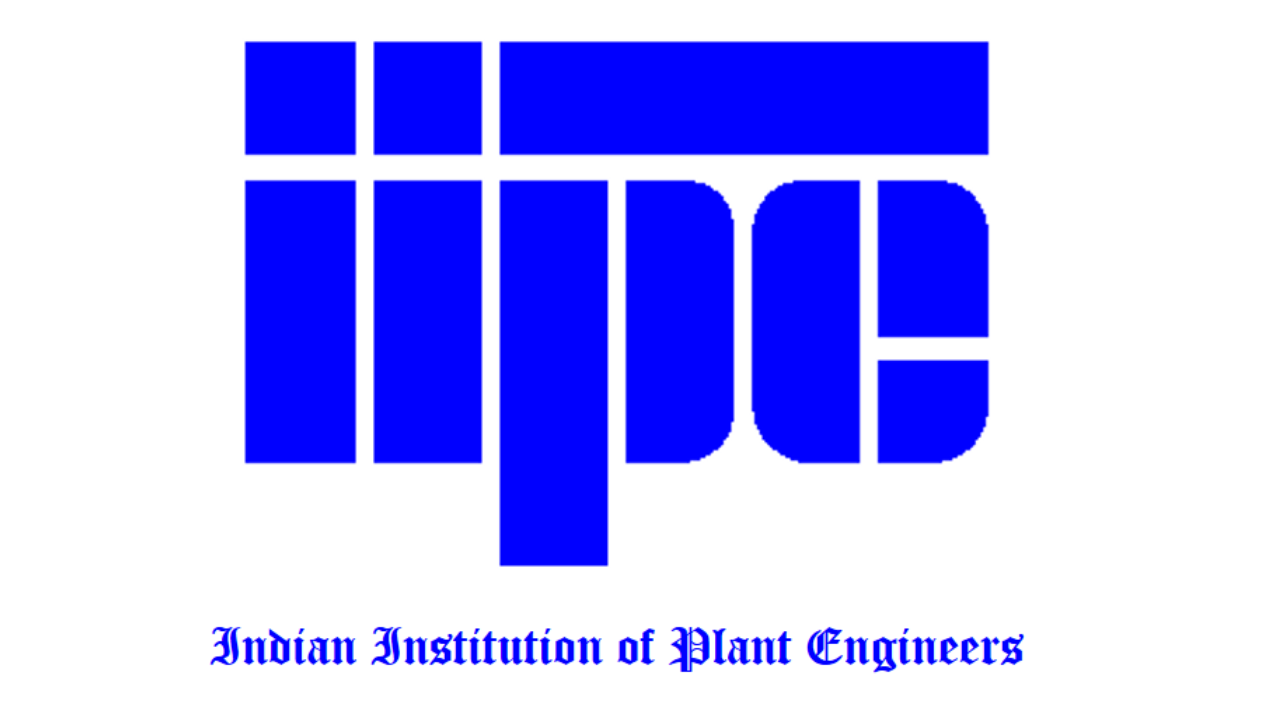Wet cooling towers play a critical role in industrial thermal management, ensuring optimal heat dissipation for static machinery. However, their efficiency is highly dependent on climatic conditions, with temperature, humidity and ambient air quality influencing thermal performance, water consumption and overall operational stability.
Understanding Wet Cooling Tower Efficiency
Wet cooling towers operate by leveraging the principles of evaporative cooling, where heat is transferred from process water to the surrounding air. The efficiency of this heat exchange is dictated by wet bulb temperature, relative humidity and air density. In high-humidity environments, the cooling potential is significantly reduced due to the limited capacity for evaporation, leading to higher recirculating water temperatures and reduced cooling tower effectiveness.
Conversely, in arid regions, excessive evaporation can lead to increased water loss, demanding more stringent water management strategies to mitigate scaling, fouling and drift losses. These challenges are exacerbated in industrial zones with high airborne particulate matter, where contaminants can accumulate on fill media, reducing heat transfer efficiency and increasing maintenance requirements.
Climate-Driven Challenges and Adaptation Strategies
- High Humidity Impact – In coastal and tropical regions, elevated humidity reduces the temperature differential between process water and ambient air, diminishing cooling efficiency. Deploying advanced drift eliminators, high-efficiency fill media and optimized air intake designs can enhance performance in such conditions.
- Extreme Heat and Arid Conditions – In hot, dry environments, excessive evaporation can lead to significant water loss and mineral buildup. Implementing hybrid cooling systems that combine wet and dry cooling can optimize water usage while maintaining effective heat dissipation.
- Cold Climate Considerations – In colder climates, ice formation on cooling tower components can restrict airflow and reduce heat rejection. Using variable-speed fans, antifreeze solutions and heat tracing systems can help maintain operational reliability in freezing temperatures.
- Airborne Contaminants and Scaling – Industrial environments with high particulate matter concentrations can clog cooling tower fills, reducing efficiency and increasing corrosion risks. Regular water treatment, automated blowdown systems and advanced filtration can mitigate these effects.
Enhancing Cooling Tower Performance in Variable Climates
To optimize wet cooling tower efficiency across diverse climatic conditions, industries must integrate adaptive control systems, real-time performance monitoring and predictive maintenance strategies. Utilizing IoT-based sensors and AI-driven analytics can provide data-driven insights into cooling tower operations, enabling proactive adjustments to fan speeds, water flow rates and chemical dosing to maintain peak efficiency.
As climate variability intensifies, industries relying on static machinery must adopt innovative cooling strategies to enhance operational resilience. By leveraging advanced engineering solutions and climate-adaptive technologies, wet cooling towers can continue to deliver reliable thermal management while minimizing environmental impact.








